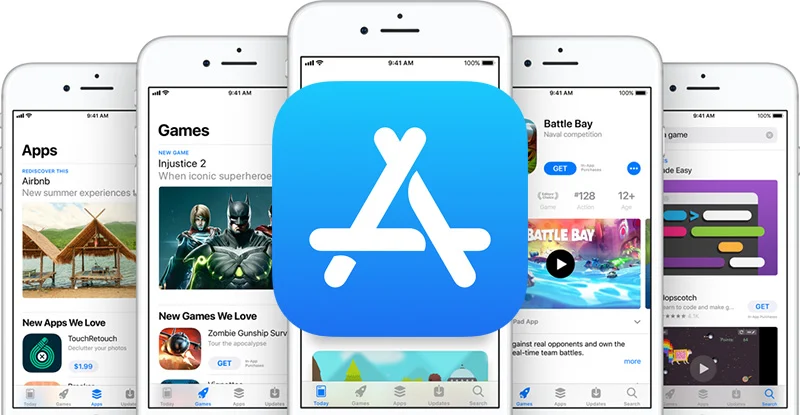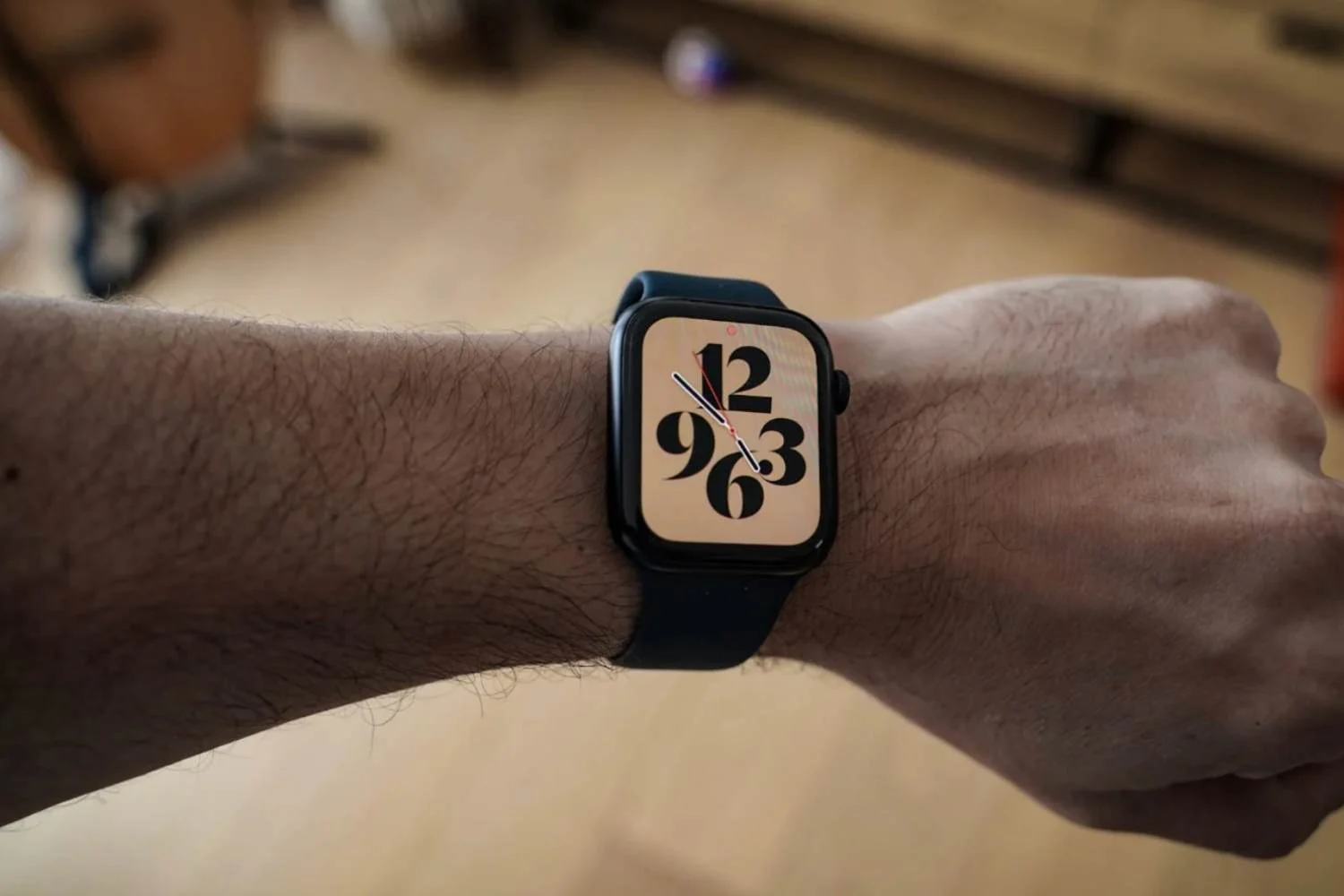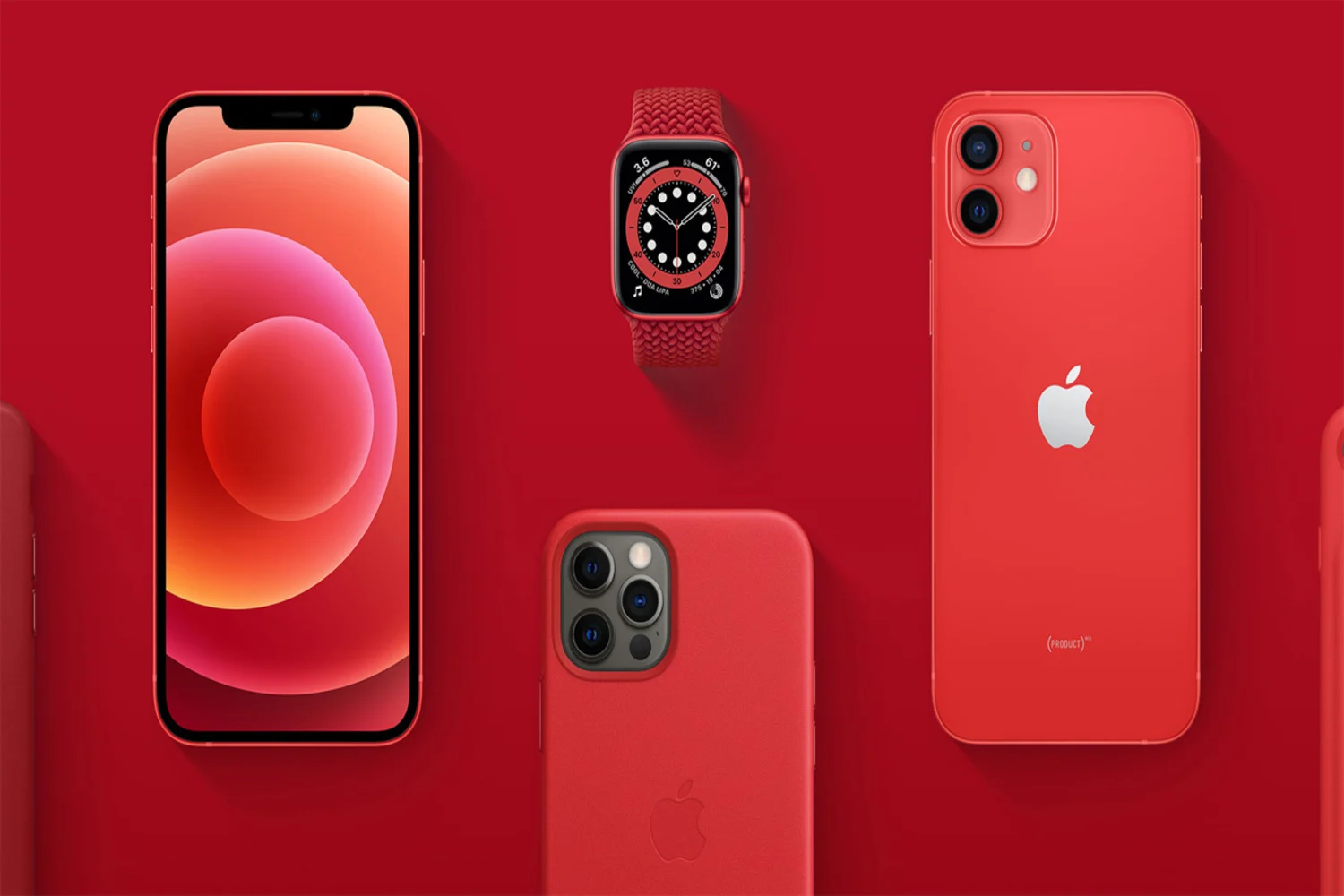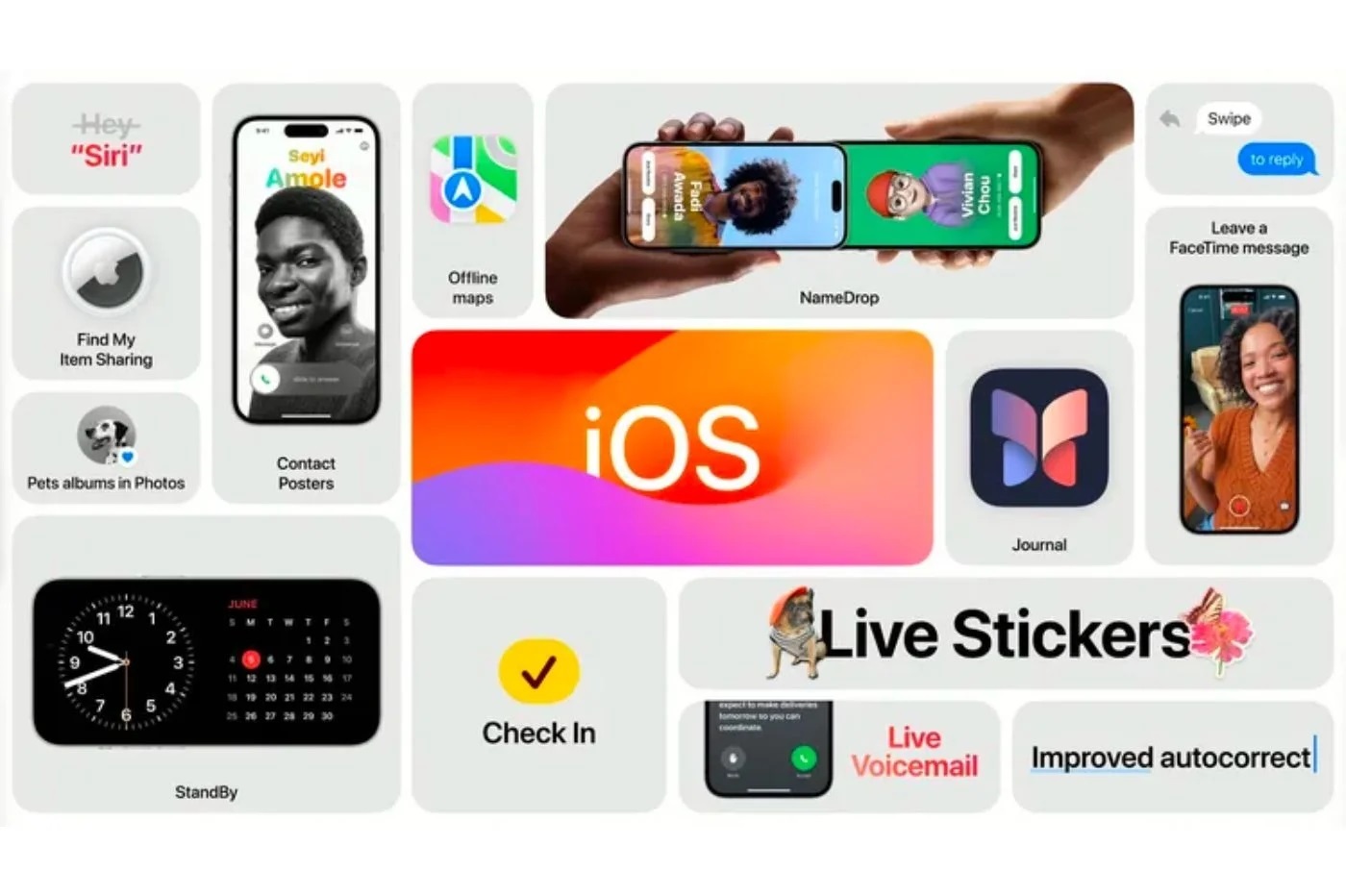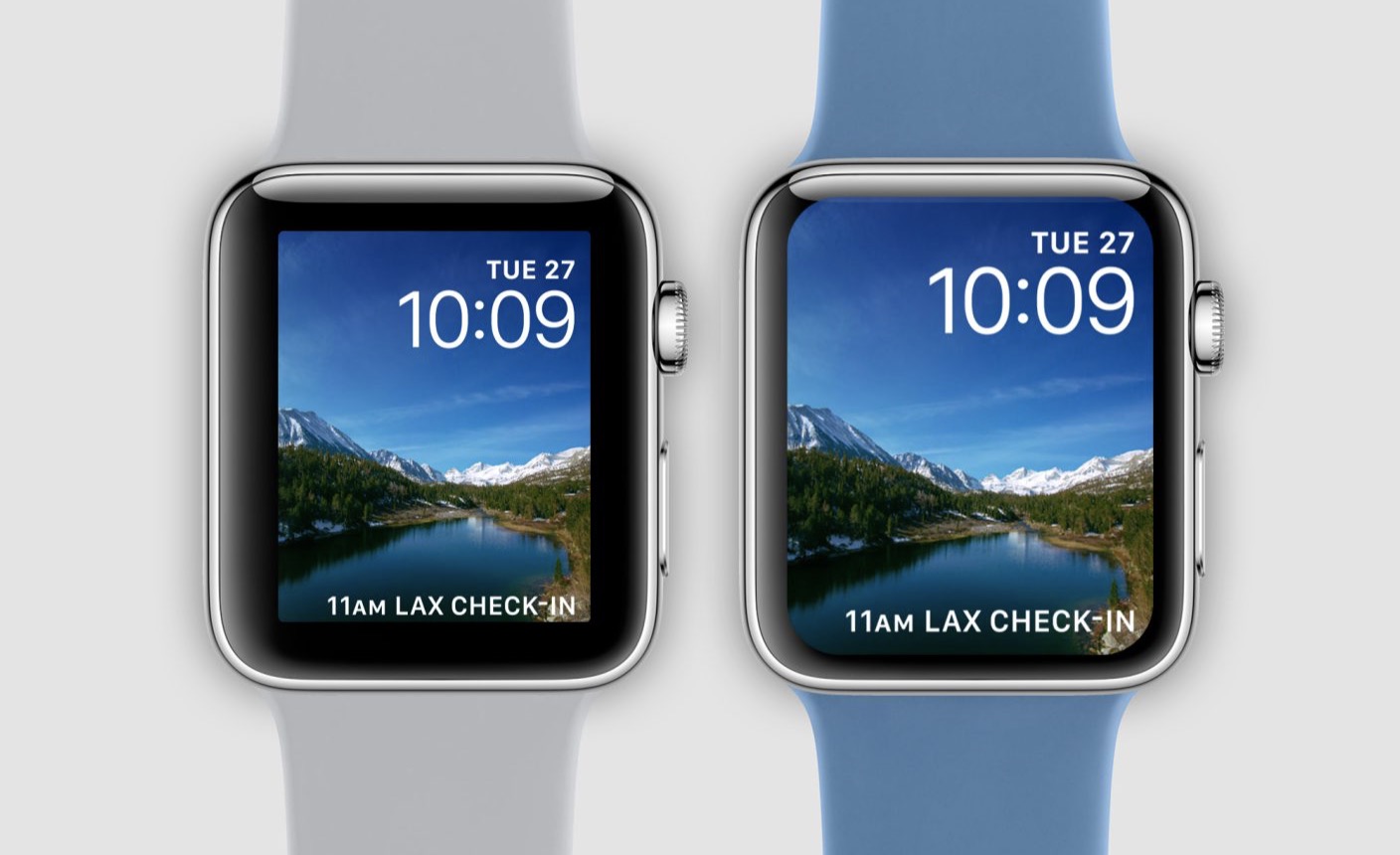 Backpacking
Backpacking
and long trips await us this summer, but there is no question of falling into
battery failure when you need your iPhone! For this, there is
the external batteries, we were ablesee here the different models and
how to make your choice. But for several years there have been other
solutions that are developing. It is aboutsolar panels to
unfoldallowing you to benefit from free energy!
The promise is tempting, but what about the reality of
terrain ?
It is a powerful model,equipped with 3 panelsthat the where a
chose to test. It is offered by the Aukey brand and can generate 2.4 Ah,
distributed over two USB ports.
? *The solar panel
Aukey 20 W/2A is on sale here on the App Store
After several weeks of use, it is time to deliver the
feedback and an opinion, all in photos!
Premier contact
The solar charger is delivered well protected in a cardboard box. He is
accompanied by several carabiners and instructions.
It is presented like most models of this type, in the form of a
thick fabric pouch. This encloses and protects the solar cells,
it is closed like an envelope with Velcro.
Once opened, the three panels are arranged on the same side, close to each other.
be exposed to the sun.
On the back there is a pocket with elastics, once opened,
it offers access to a compact plastic case with two USB sockets
females, similar to those found on a charger or on a
computer.
But that's not all, two parts also made of fabric, but rigid, are
planned. They can be detached again via a scratch, to serve as a
foot. This is perfectly designed to ensure the stability of the charger against the
soleil.
Finally, we note an eyelet surrounded by metal as well as hooks under
shape of cords. This allows you to hook the carabiners and secure the
charger on the back of a backpack for example.
The whole thing seems rather robust, the solar collectors are rigid, while
that the woven parts are of a good thickness and the stitching is precise
To get an idea of the size, here is the charger folded, alongside a
MacBook Pro 2016 :
The thickness is 4 cm, for a weight of approximately 750g
Set up
It is very simple to use, in fact, you just need to unfold the
solar panels, to unfold the two rear legs with an angle adapted to
the desired exposure. Velcro ribbons prevent the whole thing from
does not collapse.
Once in place, all you have to do is connect a USB/lighting cable (not supplied) and
to plug in your machine.
As long as the sun is present, not obscured by clouds and presto, the
charging is started. No button, you drop it and it loads.
Of course, it is not a question of leaving your machine outside exposed to the
sun, or to the first clumsy person who comes to step on it. The cover
provided at the back allows you to store cables and iPhones safely.
So depending on the circumstances and the ambient heat, it is not necessarily
Recommended to leave the machine charging for hours under the sun. For that,
it is preferable to recharge an external battery, which you will then have to
available at any time, even at night when the sun no longer shines.
But our tests were done in both cases with an iPhone directly in
charge or with external batteries.
Solar charging
So we have to come to the question that everyone is asking:
does this work?
The answer is quick:yes, very good!It is even
surprising so much the magic ofplace a sensor anywhere and be able to
having a charging socket is simple but effective.
This is linked on the one hand to the progress made on sensors, which have
now very good performance in terms of energy transformation
light in electrical energy (22 to 25% announced here). On the other hand at
model tested, with 3 panels. We thus have a good surface which allows
to deliver at full power, enough to recharge 2 mobile devices or
external batteries simultaneously.
During the tests, an iPhone 7 Plus (which is the strongest at Apple
in terms of battery at the moment) went (in good weather) from 1% to 30
% in 40 minutes, then at 50% in an hour to be full in 2h20.
The measurements carried out indicate a charge equivalent to that delivered by a
iPad charger plugged into an iPhone, i.e. an intensity of up to 1.8
A, it's better than what the charger delivered with the iPhone delivers (but
safe for the machine).
The solar charger has been used for many hours, and has achieved
several dozen recharges over several weeks without showing any
weakness, deformation or other despite the necessarily high temperature in full
soleil.
We also appreciate the use of both rear feet (all
charger models do not have it) and the double USB port associated with the three
panels. In fact, we were able to test a smaller model from another brand with
two panels if it allows recharging, this makes it much slower.
Depending on the circumstances and use or duration of exposure, being able to
recharging quickly can be very practical (during the meal break while hiking
For example).
The integrated pouch also helps when it comes to storing
cables and possibly the machine or battery to be recharged
Conclusion
While the iPhone is mobile, there remains only one obstacle to its use in
outdoors, on a trek or while camping, it's the wire on the socket's tab
electric. This powerful but relatively compact solar charger allows you to
cut the cord and walk around independently. There remains one hazard, the sun
must shine, but if it is there, the magic of solar energy does
its work and allows you to charge iPhone and others relatively quickly
batteries or accessories via a simple USB cable. We validate the solution by
advising to take a good size (3 panels at least) for a refill
as efficient as possible.
Several models of this type with
variable powers are available from Aukey
Don't missour accessory tests
Recent iPhonesdont :
- Test of
the 2 HP 5 W Bluetooth speaker with smartphone and tablet support
Aukey - Test of the
Aukey 10,000 mAh battery, 2 sockets and LED lamp for less than 13 euros with code
promo
Snapnator test: the “Magsafe” for MacBook Pro with USB-C port, photos,
video and first impressions- Test
reader: The iPhone case with integrated “flash” from Lumee to illuminate
selfies and night photos - Test
photo tripod for iPhone and other smartphones from Aukey
Mophie Juice Pack Air iPhone case review: built-in battery and
QI wireless charging- Test of the
Turata transparent case for iPhone 7 (7 euros) - Test :
what are the Turata cases for iPhone 7 and 7 plus worth, sold for 7 euros
Test of Qi-compatible wireless iPhone charging, offered by the brand
Choetech
Car charger test with 4.8 A Syncwire Lightning cable: MFi and
lifetime warranty, 10% reduction
Test of the OKCS Lightning extension cable for iPhone/iPad: for what use
?
Belkin RockStar Audio Lightning Adapter Review: For Charging
iPhone 7 with headphones plugged in
GoPower Kanex mobile Apple Watch charger review
Test of the “Nike+” type bracelet for the Apple Watch by Venter at 17
euros, with a bright surprise!- Test
AirPods: photos and reviews after a week of use - Test of the ThermoPeanut, the small connected thermometer that keeps
always keep an eye on the temperature - Test of the GuardPeanut, the small connected sensor which alerts in the event of
of vol
Testing Echo Mini Batteries with Built-in Lightning Jack- You test
chargeur 4 ports USB SyncWire - You test
Aukey 4-port USB cigarette lighter charger
Review of the Aukey Bluetooth keyboard for iPhone, iPad or Mac- Test
Aukey woven lightning cable
Test of the ShoulderPod S1 photo holder for iPhone and other smartphones:
professional equipment!
Test of the Milanese mesh bracelet for Apple Watch Jetech, sold less than 17
euros
Miniaturized lighting socket for the new iPhone and iPad cables
SyncWire : test et code promo !
Testing the Jumpdrive M20i USB/lightning key for iPhone/iPad
Home automation: test of the Eve Energy socket to be controlled from the iPhone and iPad
(compatible HomeKit/Siri)- You test
iClever wireless Bluetooth headphones: what do you get for just over 20 euros
? - You test
connected “physiotherapy” for iPhone: Bluetens!
Anker PowerCore 20100 mAh battery review: a power monster
for iPhone, iPad
The Aukey solar chargerEast
note4stars out of 5par
iPhon.fr

i-nfo.fr - Official iPhon.fr app
By : Keleops AG
founder of the site. Computer engineer and Internet specialist where he has held various positions of responsibility, Laurent has been passionate about mobility since the arrival of "PDAs" in the 90s. Journalist for 4 years for the magazine Team Palmtops (Posse Presse) and author of several books on the iPad published by Pearson.

